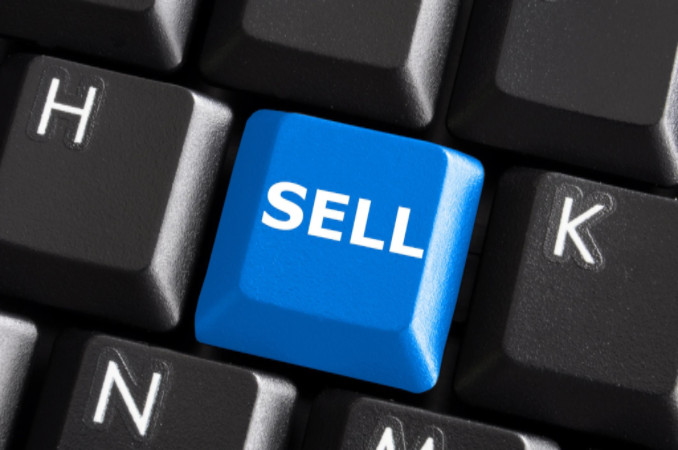The process of selling your car may seem daunting – especially when you consider the anatomy of a used car price. But there are easy ways to complete a transaction in a practical and efficient manner.
To succeed in selling your car, following a few simple steps during the prep phase can help you avoid disputes that can lead to costly delays. Strategic pricing procedures should also be implemented to attract potential buyers in the local area.
Phase I: Preparation
Begin by gathering all the paperwork that relates to your automobile. You’ll also need to collect various maintenance receipts, all paperwork issued after the car was purchased and any warranty documents.
Phase II: Pricing
All cars have a different resell value, so you’ll have to review automobile data on a variety of websites in order to determine the best-selling price for your vehicle. You must understand that mechanical problems and cosmetic flaws can lower the total value of your car. Therefore, a professional mechanic should inspect your automobile before you try to calculate a reasonable asking price.
If the car you’re going to sell has a cracked windshield or other minor flaws, you should try to tackle the repairs before putting it on the market. By taking this approach, you’ll control how high the resale value can be because the replacement parts that you select will impact the final price.
Phase III: Closing
You may be able to sell your car at the preferred price through negotiation. However, to negotiate successfully, you should never begin the process without setting the lowest possible price that you’re willing to take for your vehicle. If a potential buyer makes an offer that’s below this number, kindly state your concerns.
Although negotiating is challenging, you should only complete a transaction when the asking price benefits you financially.
Other Tactical Selling Considerations
If you’re going to sell your car via a local used car dealership, the vehicle should be washed thoroughly and professionally prepped. Automotive dealership technicians who inspect cars before they’re purchased run various tests, and the staff determines the resell value of each automobile based on the information that’s gathered at the end of the testing process.
To maximize the asking price, you should:
- Change the oil
- Replace the oil filter
- Replace any broken lights
- Remove chips and dings
Any paint flaws should also be touched up or covered up with proper automotive tools. Never try to conceal the damaged areas by repainting your vehicle because most buyers will think that the car was involved in an accident.
Typically, if you own a vehicle that doesn’t have more than 75,000 miles, you could possibly maximize the price by getting offers from multiple dealerships that sell the same automobile you own.
For example, to get a good offer for a Dodge Challenger, consider visiting a Dodge dealership. The employees will calculate a reasonable asking price since their customers will be more likely to buy a used Dodge vehicle instead of a car that was manufactured by a rival company.
After you’ve received a quote from the main dealership, take a trip to other car businesses in the local area and get other quotes. This strategy could benefit you financially if each dealer tries to compete for your vehicle.

